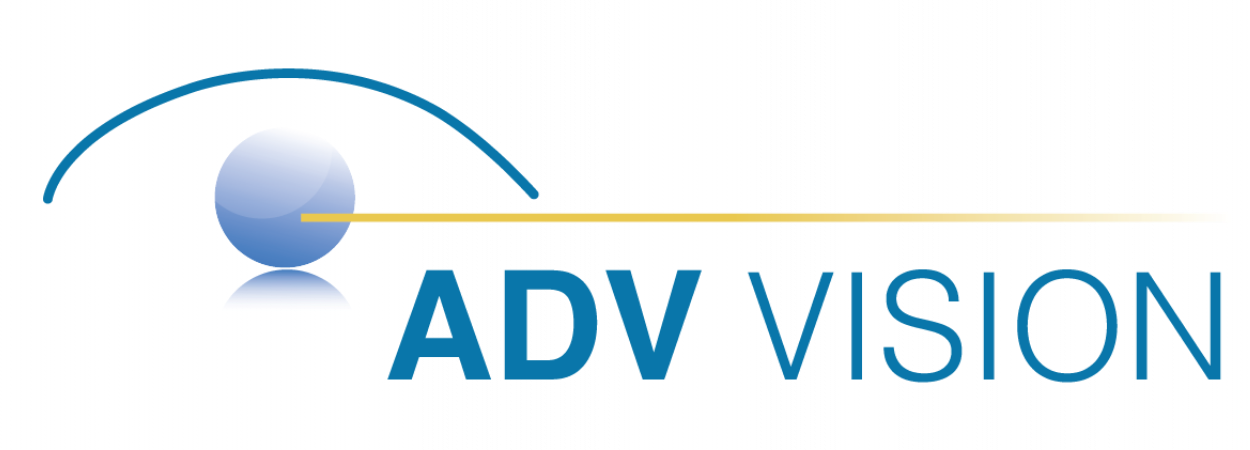The early stages of cataract development can be quite challenging to identify and will likely cause little discernible interference to your day to day activities. However, the transformative and life-altering effects a cataract will ultimately cause are undeniable. Unless diagnosed and properly treated, a cataract will eventually lead to vision loss and even total blindness. When cataracts begin to change your ability to see the world around you, it is time to consider a surgical option.
Contemporary cataract surgery commonly referred to as Laser-Assisted Cataract Surgery, is among the safest and most frequently performed medical procedures today. Surgical technique and the technology used continues to progress, transforming a surgery that was once considered “advanced” into a procedure that is increasingly becoming the new standard of care.
How Cataracts Are Treated
When a cataract is still in its early stages of development, symptom severity can be reduced through sensible lifestyle changes including the use of contact lenses or eyeglasses and improved lighting where you live and work. Cataract surgery, however, is the only practical treatment option due to the fact that a cataract will continue to develop without pause until surgery is required.
Fundamentally, once a cataract has begun to disrupt your capability to safely and adequately see, it must be removed. Cataract surgery concerns removing the clouded affected lens and replacing it with an artificial clear lens called an intraocular lens (IOL) to restore your vision. The surgery is an outpatient procedure, making it relatively quick and essentially pain-free requiring local anesthesia only. 95% of patients will experience restored visual clarity following their cataract surgery.
Traditional Cataract Surgery
Traditional cataract surgery involves your surgeon creating a very small incision on the side of your cornea allowing access to the clouded lens therein. Through a process called phacoemulsification, a small probe is used to emit ultrasonic energy which will help break up the cataract into little fragments where they can be easily and gently removed.
It is through the very same corneal incision where your surgeon will insert the replacement IOL to restore your ability to see once again. The incision is actually small enough that no sutures are typically needed and the corneal tissue can naturally heal itself.
Advanced Laser-Assisted Cataract Surgery
Laser-assisted cataract surgery isn’t too far removed from traditional cataract surgery except that it is performed with much greater accuracy and precision using advanced instruments and techniques. Using an advanced femtosecond laser to perform the incision in the cornea creates a smaller and more precise opening and lowers the risk of complications.
One of the more notable benefits of using a femtosecond laser is using its near-infrared light to help “soften” and break up the cataract for removal. This process is safer and more efficient than traditional cataract surgery and may reduce or eliminate the need to use ultrasonic energy. Laser-assisted cataract surgery is bladeless and almost entirely computer controlled, as a result, some of the more challenging steps of traditional surgery become automated and safer overall.
Dropless Cataract Surgery
Traditionally, patients that undergo cataract surgery are given prescription medicated eye drops to combat inflammation and infection for the first 3-6 weeks following surgery. Dropless cataract surgery is a new technique that allows us to deliver the medication directly to the eye at the time of surgery, eliminating the need for patients to administer the drops and safeguards them from doing so improperly.
Choosing an Intraocular Lens
Choosing the right IOL for your needs is one of the most important decisions of the cataract surgery process and your doctor will work with you to determine the best IOL for you. Basically, an IOL is a small lens used to replace the clouded natural lens which was affected by the cataract. The IOL will work to focus light onto your retina, allowing you to once again see clearly, just as your natural lens did before the cataract.
The three main categories of Intraocular Lenses:
Monofocal IOL
The standard intraocular lens which corrects vision at a single distance (near, mid, or far). Your doctor will help you determine which will work best for you. Typically, patients have their vision corrected for distance and continue to use eyeglasses for near vision.
Multifocal IOL
A premium intraocular lens which corrects vision at multiple distances. Multifocal lenses can restore vision for near, mid, and far distances without having to rely on eyeglasses after surgery.
Toric IOL
A premium intraocular lens specifically designed for patients with astigmatism. A toric lens can correct vision for astigmatism and distance but near vision may still require the use of eyeglasses.
What to Expect After Cataract Surgery
The entire procedure is a relatively short process that carries with it little downtime. This means you will be able to go home following surgery but you will require a friend or family member to drive you home as you will be unable to do so safely. As the anesthesia wears off, you will likely feel tired and your operative eye will feel a little sore, scratchy, or dry and you may experience sensitivity to light.
It is possible you may need assistance for a few days depending on any limits set by your doctor regarding your ability to drive, bend over, or lift heavy objects. Once home, it is important to take it easy and rest but you may continue with many of your daily activities. You may still watch television, leave the home, bend and lift (barring any restrictions) or shower with caution for your operative eye.
Following Surgery:
- Do not drive for 24 hours
- Avoid demanding activity
- Wear protective eye shield
- Avoid dusty/dirty environments
- Do not touch operative eye
- Use eye drops as directed
- Listen to your doctor’s instructions
In the days and weeks to follow your cataract surgery, your vision may be cloudy, blurry, or a little distorted. This is normal as your operative eyes need time to heal and adjust. Some patients will report improved vision before others as each person will heal differently but vision should improve within a few days.
Continue to follow any of your doctor’s instructions such as using the protective shield, applying eye drops, and taking care not to injure or strain the operative eye.
Also, remember your follow-up appointments so your doctor can monitor your recovery!
After 4-6 weeks, your operative eye(s) should have healed completely and you may be evaluated for eyeglasses and new prescription depending if you received an intraocular lens implant.
If at any time during your recovery you experience any of the following, contact your doctor immediately:
- Loss of vision
- Considerable pain or discomfort
- Injury or impact to operative eye
- Fluid discharge or severe redness
- Nausea or vomiting
Advanced Cataract Surgery at ADV Vision
People throughout Central California have trusted the skill and expertise of Dr. Adam Abroms and ADV Vision. Utilizing the most advanced technology and techniques available is what enables us to provide the best diagnostic and treatment methods for cataracts and other vision care needs.
If you’re ready to improve your vision, the first step is to call or contact online one of our locations in Paso Robles, Santa Maria, or San Luis Obispo. Our expert and compassionate staff will be ready to assist you and answer any questions you may have.








